The geometry of iron and light
Zaragoza, Spain
Delicias Station, Zaragoza (Spain)Almost every train in Spain goes through Zaragoza. Since it opened in 2003, the Delicias station has become an intermodal hub where commuter lines, medium-distance lines, and the high-speed train connecting Madrid and Barcelona with France.
Since the building opened its doors, more than three million people line up on its platforms every year, making Delicias the fourth-biggest station in the country.
Amidst all the travelers (the stars of the show at the Delicias station), the wide spaces and the geometry of its ceilings and facades can capture your attention. The straight steel lines crisscross throughout the entire building, as if wanting to remind us that we’re before the steel routes that have long been the backbone of global communications.
The station’s design, planned by architects Carlos Ferrater and José María Valero and carried out by Ferrovial, is articulated around a large interior space measuring over 600 meters long by 180 meters wide. It is divided into three lobbies that help organize how travelers move about as they arrive, depart, and are just passing through.
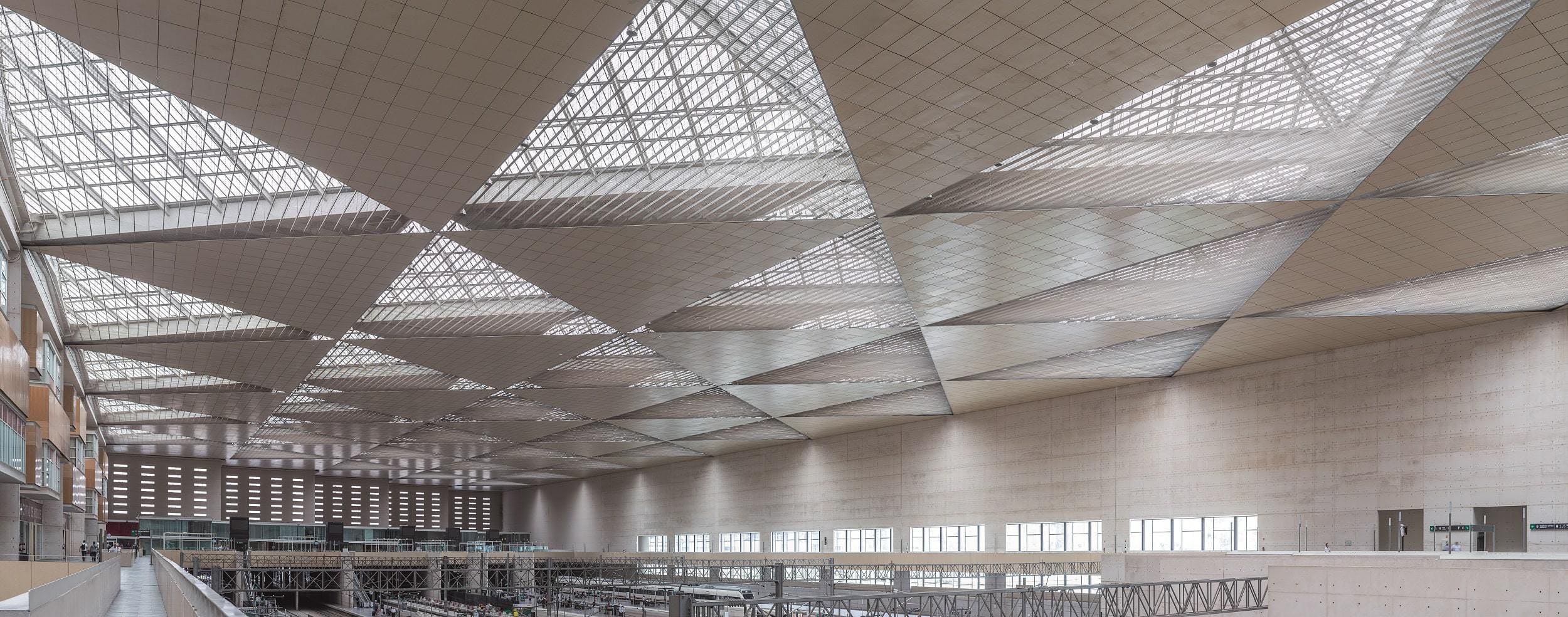
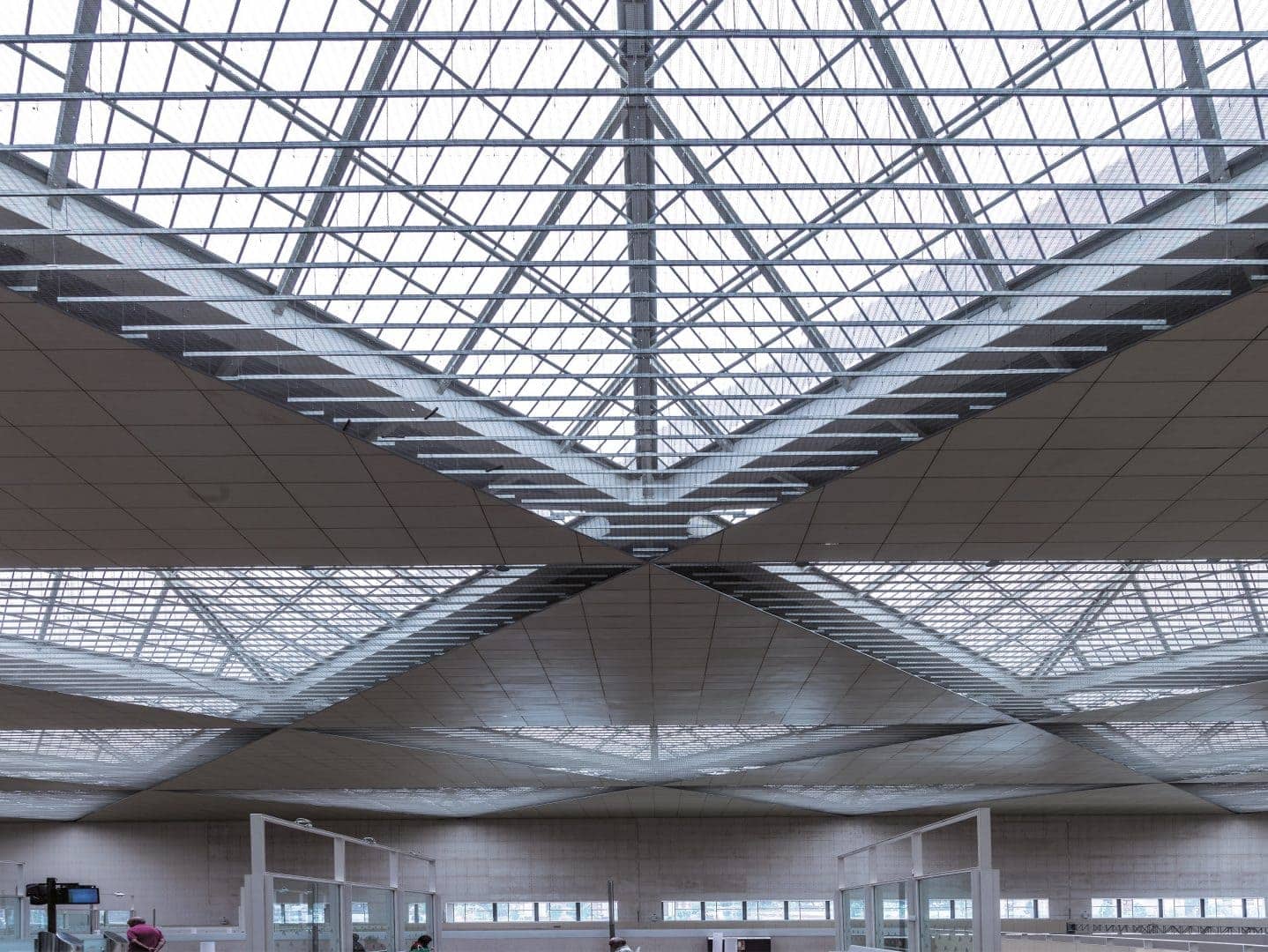
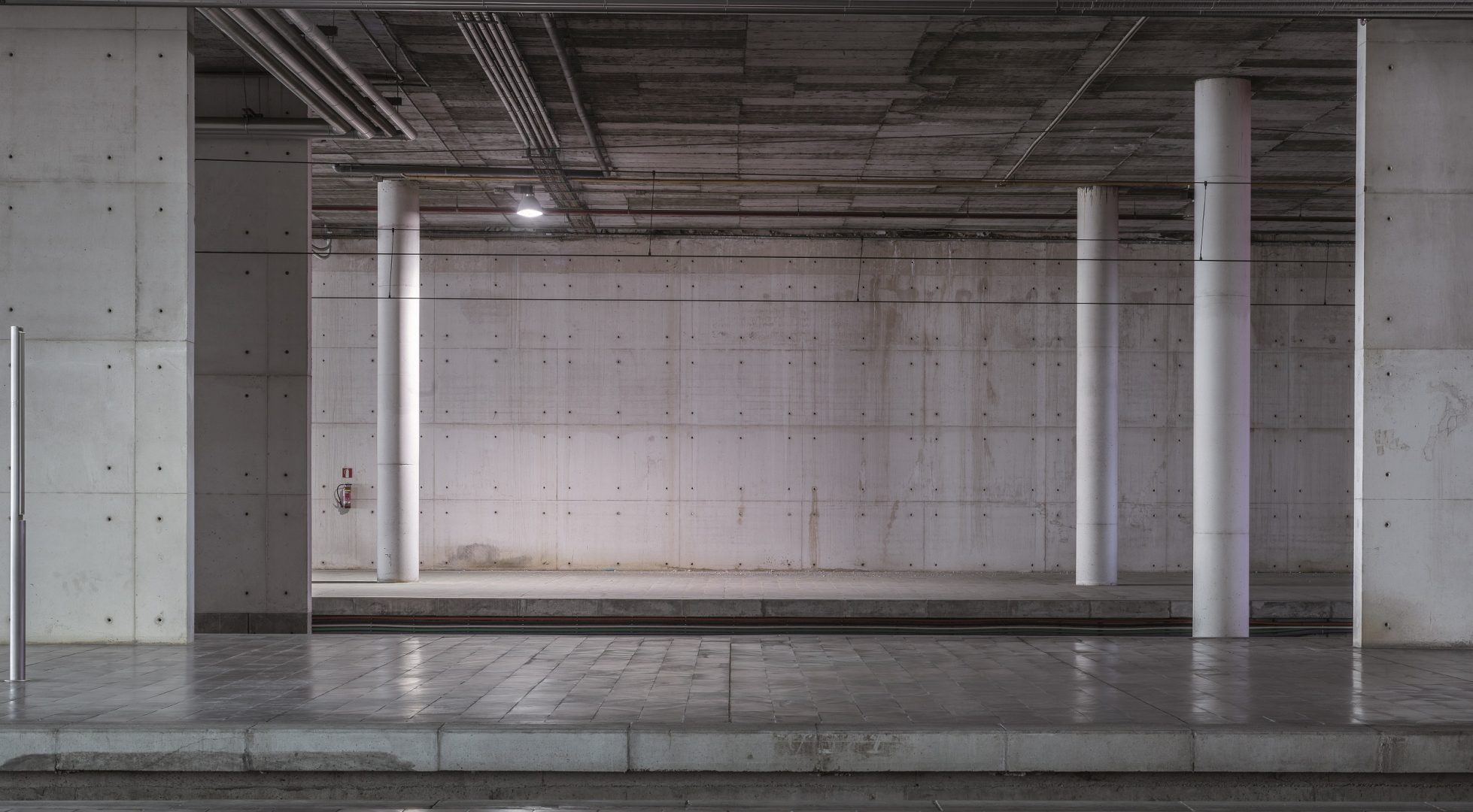
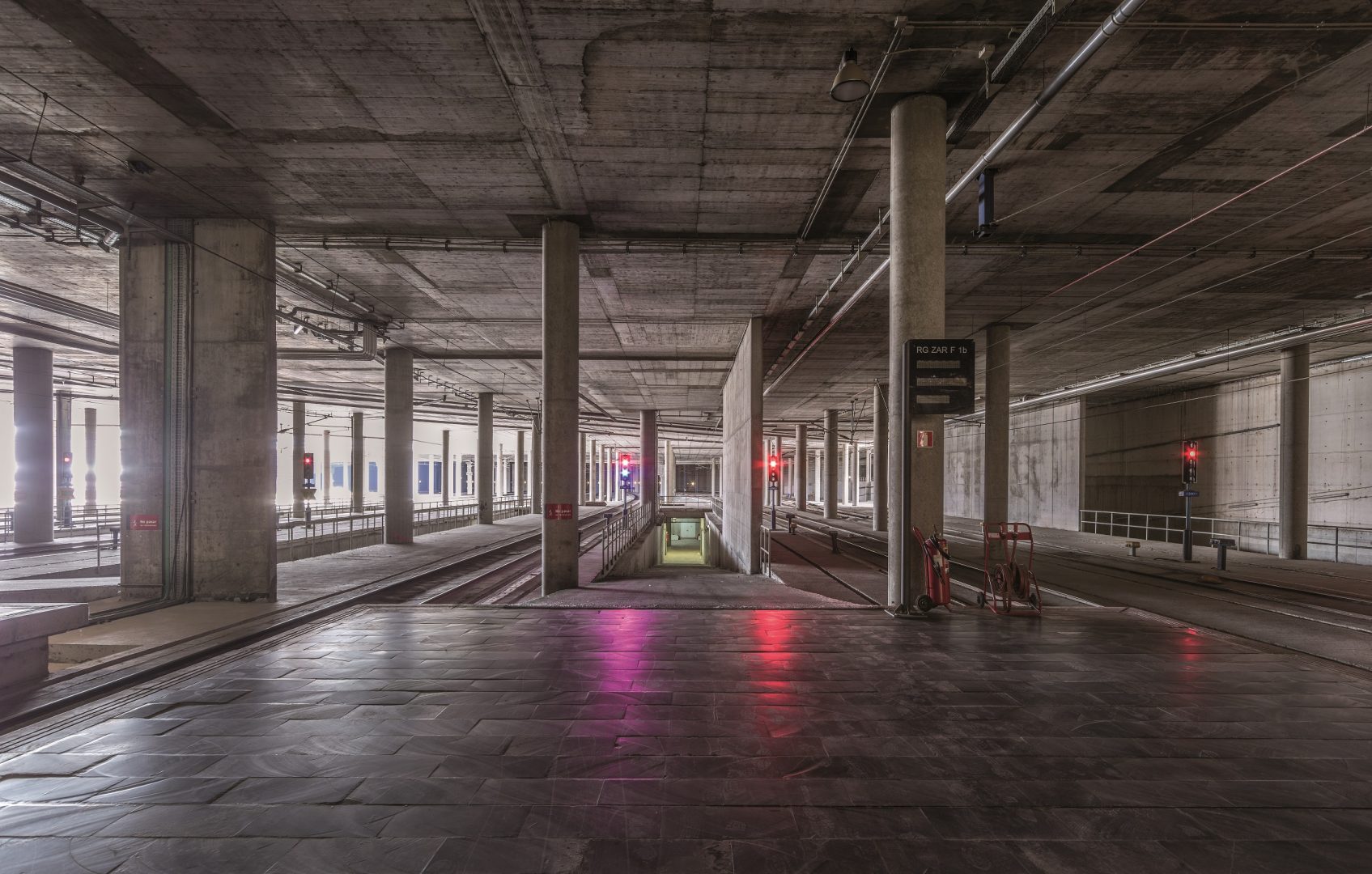
Delicias station commands the space west of the center of Zaragoza. Its northern face looking out onto the Ebro is covered with arabesques, and the infrastructure spreads across nearly 19 hectares of land. This area is occupied by passenger services and spaces dedicated exclusively to transportation. With its 10 tracks (five of European width and five of Iberian width) and their respective platforms measuring 400 meters long, Delicias has become the symbol of Zaragoza’s transformation.
It is easy to spot from afar. Its roof, perhaps the most characteristic feature of the building, has a peculiar profile that’s distinguishable by two large diagonal arches that seem to serve as a handle for the rest of the building. Below, though, the light passes through a translucent geometric surface that lights up the bustling interior.
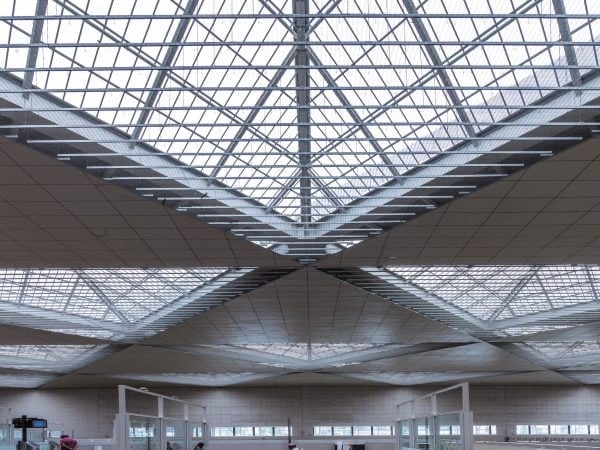
Delicias Station, Zaragoza (Spain)
- Spain
